Pruning Maples In Winter (Full Trimming Guide)
To prune maples in winter, identify your objective (e.g., shaping, deadwood removal), and remove dead or diseased branches first. Then, selectively trim branches while avoiding over-pruning. Focus on clean cuts, avoiding stubs, and follow safety precautions.
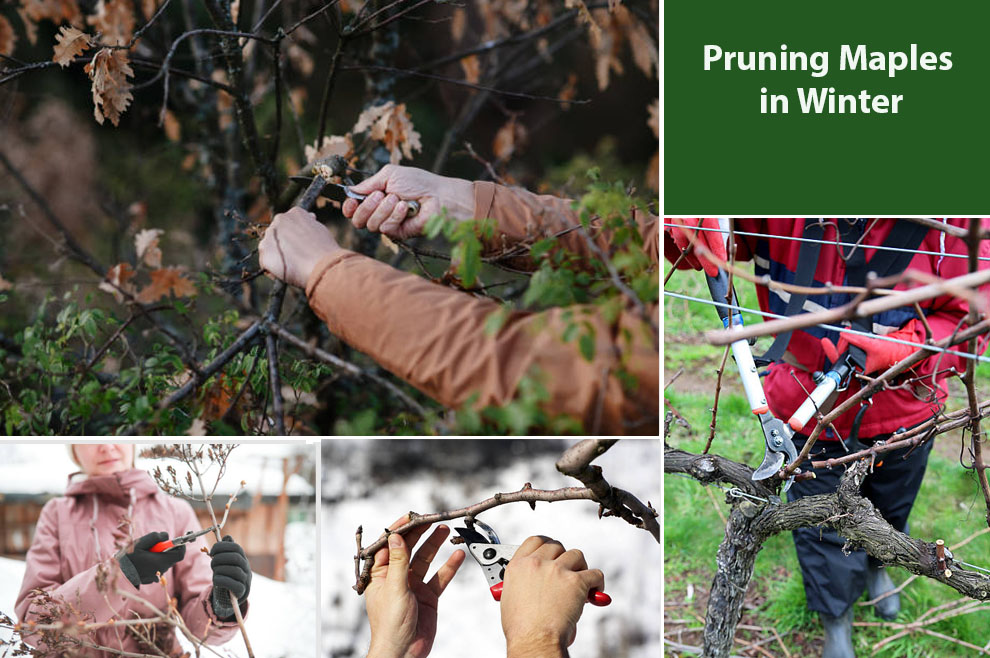
Winter is a season of dormancy for many trees, a time when nature appears to rest beneath blankets of snow. Yet, this quiet period offers a unique opportunity for tree caretakers to tend to their maple trees.
Winter pruning of maple trees involves sharp, clean tools for precise cuts. Identify objectives like shaping or removing dead branches.
Timing is vital for pruning maple trees in winter; prune when the maple tree is dormant, avoiding extreme cold. Remove dead and diseased branches, shape the canopy, thin for airflow, and manage water sprouts.
Further, you must monitor and maintain tree’s health and aesthetics. But keep in mind that proper pruning during winter is not just about aesthetics. It’s a crucial step in maintaining the health, vigor, and beauty of these majestic maples.
Join us as we uncover the secrets of winter pruning, where every well-placed cut nurtures the life and splendor of your maple trees.
Identify The Reason for Trimming Maples In Winter
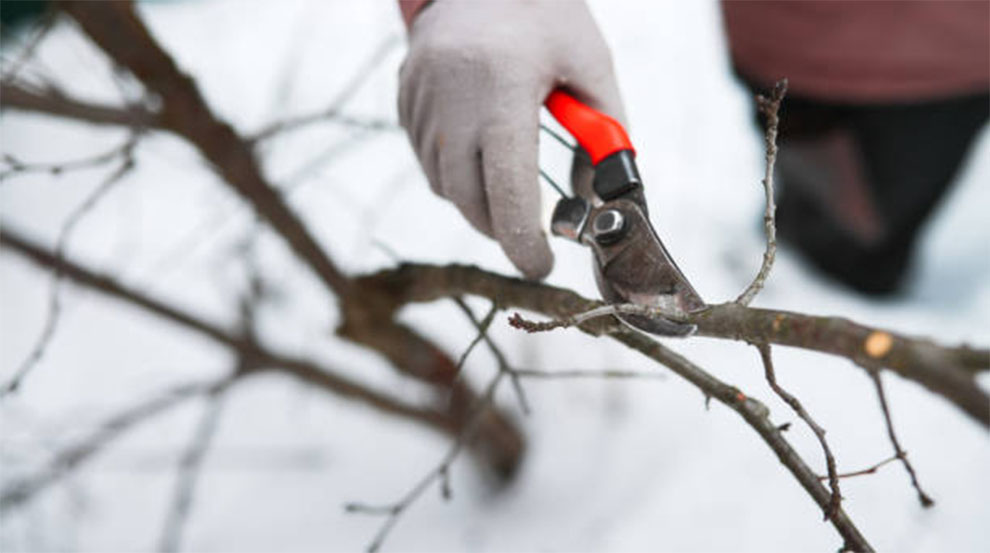
Defining winter pruning objectives for maple trees is a pivotal step in responsible maple tree care. These goals serve as a compass, directing the pruning process toward specific outcomes that benefit both the tree and its surroundings.
Firstly, setting clear objectives is crucial because it ensures that pruning is purposeful and avoids random or excessive removal of branches.
For instance, shaping the canopy to enhance aesthetics and structure demands a different approach than size control to prevent overcrowding.
Size control, another common objective, prevents issues like branches tangling with power lines or structures. Removing deadwood is essential for both safety and the tree’s health, preventing disease spread.
These objectives, along with others like enhancing views or promoting new growth, contribute to a well-rounded approach to winter pruning that optimizes maple tree health, longevity, and visual appeal.
Tools Needed For Pruning Maples In Winter
For effective winter pruning, you’ll need essential tools like sharp bypass pruners for smaller branches, loppers for thicker growth, and a pruning saw for larger limbs. Pruning shears offer precision, while the saw tackles bigger cuts.
Safety is paramount, so wear protective gear like gloves and safety glasses. Ensure your tools are clean and well-maintained to make clean, smooth cuts, reducing the risk of damage to the tree and promoting its health during the dormant season.
Winter Pruning Techniques for Maple Trees
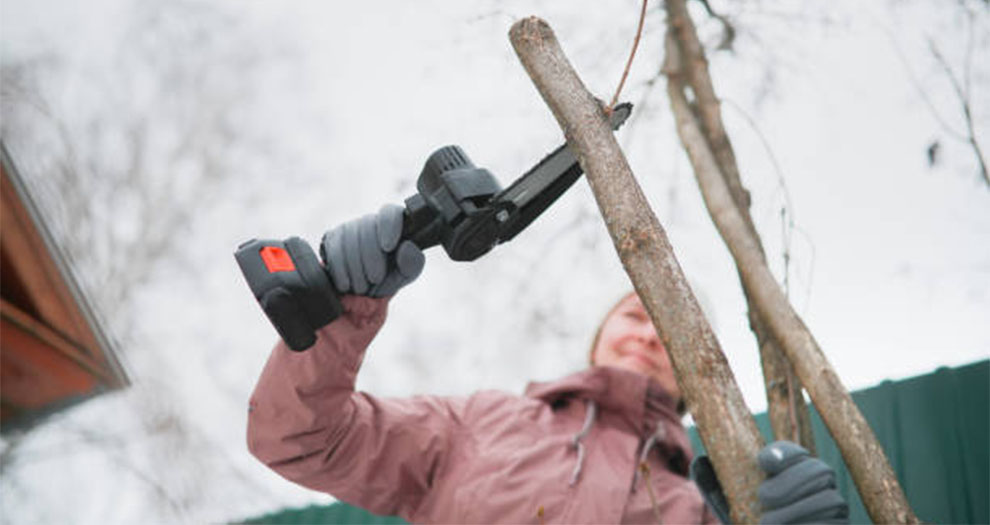
Follow the pruning steps given below. These steps ensure that your winter pruning efforts promote the health, structure, and aesthetics of your maple tree.
1. Gather Pruning Tools: Ensure your tools are sharp and clean. You’ll need bypass pruners for small branches, loppers for thicker ones, and a pruning saw for larger limbs.
2. Identify Pruning Objectives: Determine your goals, whether it’s shaping, size control, or deadwood removal. This guides your pruning strategy.
3. Start with Deadwood: Begin by removing dead, diseased, or decaying branches. Make clean cuts at the base of the branch collar without leaving stubs.
4. Shaping the Canopy: For shaping, identify branches that disrupt the desired form. Prune back to a lateral branch or bud, making angled cuts just above the selected point.
5. Thinning for Airflow: Improve airflow and light penetration by selectively thinning crowded branches. Focus on inward-growing or crossed branches.
6. Addressing Water Sprouts and Suckers: Eliminate water sprouts (vertical shoots) and suckers (growth from the base) to redirect the tree’s energy.
7. Elevate the Canopy: For clearance beneath the tree, trim lower branches as needed. Avoid removing more than one-third of the canopy at once.
8. Avoid Over-Pruning: Be cautious not to over-prune, as this can stress the tree. Remove only what’s necessary to achieve your objectives.
9. Promote Strong Growth: Make clean cuts just above lateral branches or buds. This encourages vigorous new growth.
10. Monitor and Maintain: Regularly inspect the maple tree’s growth throughout the year. Prune as needed to maintain shape and health.
When to Prune Maple Trees in Winter
Pruning maple trees in winter is generally recommended during the dormant season when the tree is not actively growing. This helps minimize stress on the tree and reduces the risk of disease transmission.
Ideal months for pruning maple trees in the US is between January to early February. This is an optimal time for pruning before the tree starts to break dormancy in early spring.
Benefits of Pruning Maple Trees in Winter
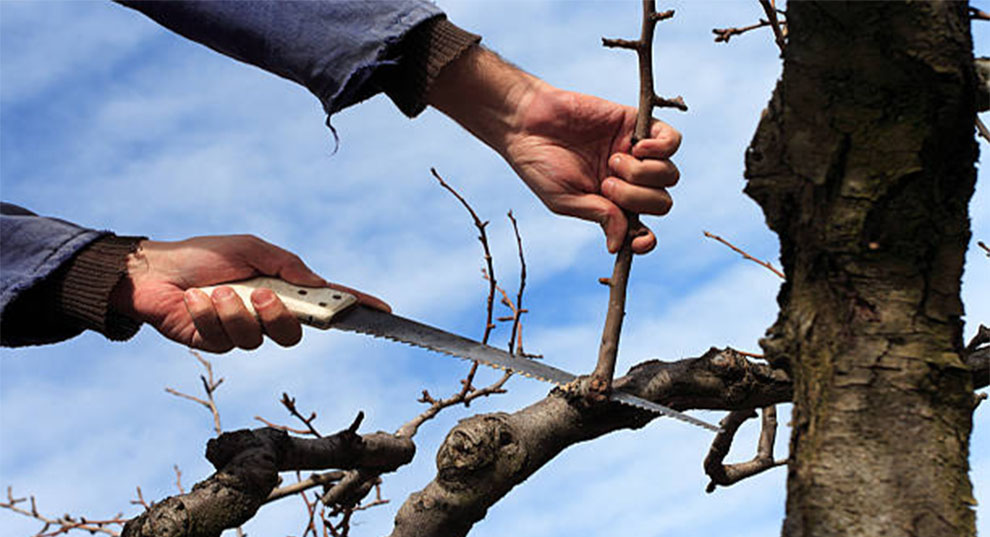
There are many advantages of carrying out the pruning in winter for Maple tree varieties:
1. Reduced Stress on the Tree
Winter is a season of dormancy for maple trees. Pruning during this time minimizes the stress on the tree because it’s not actively growing or expending energy on leaves or new shoots.
2. Enhanced Wound Healing
Trees are excellent at healing wounds during the dormant season. When pruned in winter, maple trees can allocate more resources to wound closure, resulting in faster and more efficient healing.
3. Disease and Pest Management
Pruning during the dormant season reduces the risk of disease transmission, as pathogens and pests are less active. It’s an effective preventive measure to safeguard your maple tree from infections.
4. Improved Aesthetics
Winter pruning allows for a clearer view of the tree’s structure, making it easier to identify and remove unwanted branches. This enhances the tree’s natural shape and aesthetics.
5. Better Airflow and Light Penetration
Thinning the canopy during winter pruning improves airflow and sunlight penetration. This reduces the risk of fungal growth and enhances the overall vitality of the tree.
6. Size Control
Winter pruning is particularly useful for size control. By strategically removing branches during dormancy, you can manage the tree’s growth and prevent it from becoming too large for its space.
7. Safer Working Conditions
Pruning in winter can be safer for arborists. The absence of maple leaves and reduced foliage makes it easier to access and work on branches without obstruction.
8. Reduced Sap Bleeding
Maples are known to produce sap when pruned during late winter or early spring. Winter pruning minimizes sap bleeding, which can be unsightly and, although not harmful, is a concern for some tree owners.
9. Promotes Stronger New Growth
Pruning in winter encourages maple trees to put energy into producing stronger, more resilient new growth when spring arrives. This can lead to a healthier, more vigorous tree in the growing season.
Sap Bleeding in Maple Trees – A Cause of Concern!
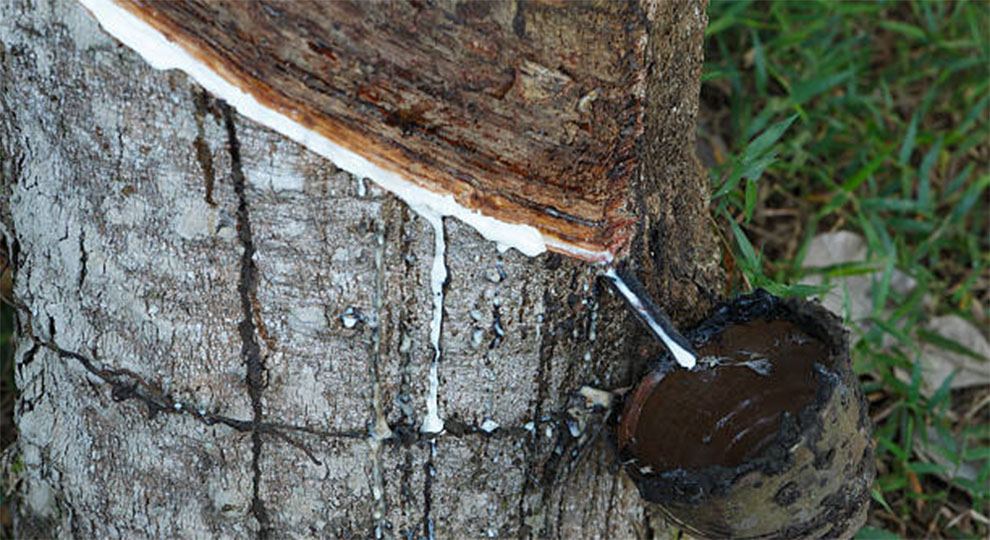
Maple trees have distinct traits that necessitate special attention during winter pruning. Their susceptibility to sap bleeding is a key concern. When pruned during late winter or early spring, maples might exude sap, which, although not harmful, can be unsightly.
To mitigate this while trimming maples in winter, avoid heavy pruning during this period. Instead, choose late fall or early winter for more dormant conditions.
Additionally, understand that maples possess a unique branching pattern, often with tight crotches that can lead to bark damage.
Be cautious when pruning these areas, favoring reduction cuts to prevent bark tearing. Awareness of these maple-specific considerations ensures successful winter pruning without compromising maple tree lifespan or aesthetics.
Mistakes to Avoid While Pruning Maple Trees
Pruning maple trees during winter offers numerous benefits, but avoiding common mistakes is vital for tree health.
- One frequent error is excessive pruning, where well-intentioned individuals remove too many branches, stressing the tree.
- Another misstep is making improper cuts, like leaving stubs or cutting too close to the trunk. These mistakes can lead to slow healing, increased susceptibility to disease, and disfigured growth.
- Pruning during extreme cold is another error to steer clear of, as it can cause branch damage.
By avoiding these missteps, you can ensure that your winter pruning efforts promote a healthy and aesthetically pleasing maple tree.
